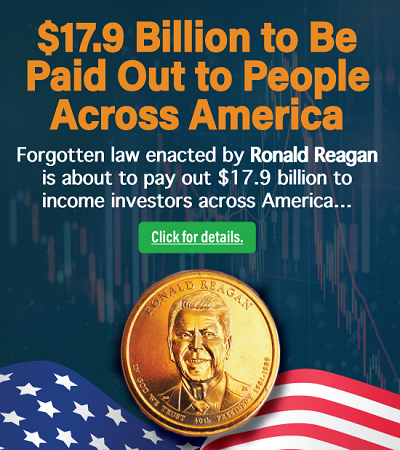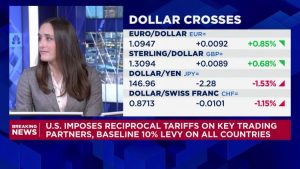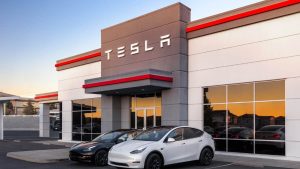As stock markets attempt to digest the impact of Trump’s tariffs, the Barclays (LSE: BARC) share price has been one of the hardest hit in the FTSE 100. Amid all the uncertainty, is this now the buying opportunity I have been waiting for?
Recession fears
Decades of ever-closer trading relations between countries was undone in an instant by Trump’s tariffs. His high-stakes gamble to bring back jobs and manufacturing to the US could spectacularly backfire if it leads to stagflation and a US recession.
It’s little wonder that the banking sector has been one of the hardest hit. The sector is notoriously cyclical and is a classic indicator of future economic prosperity.
Although all big five UK banks were down significantly, Barclays has been particularly badly hit because of its large US investment bank operations. A US recession would result in significantly lower fees from IPOs and mergers and acquisitions, for a start.
Structural hedge
The announcement of global tariffs certainly bodes poorly for future bank earnings, but one must not forget the importance of the structural hedge in cushioning the blow.
Elevated interest rates have really helped banks’ net interest income (NII) over the past few years. But wherever the economy goes next, that won’t affect a huge chunk of Barclays future earnings.
The structural hedge is designed to reduce income volatility and manage interest rate risk, notably falling ones. Economists are already forecasting steeper rate cuts in 2025, as a direct consequence of these tariffs. But that won’t concern it.
In its FY24 results released back in February, the blue eagle bank reported that NII from the hedge increased £1.1bn last year, to £4.7bn. It also stated that it has already locked in £9.1bn of gross income over the next two years. Its income will also continue to build as it constantly reinvests maturing assets at higher yields.
Costs
Another good sign for the bank is that costs have been moving in the right direction. In 2024 it achieved a cost-to-income ratio of 62%. In total, it delivered £1bn of gross efficiency savings throughout last year. All savings it made mean that cash can be deployed elsewhere to create business growth.
Over the next two years it’s targeting another £1bn in savings. If successful that will bring down the cost-to-income ratio into the high 50s.
Savings are expected to come from a number of buckets. Structural business actions include simplifying customer journeys and optimising people and technology. One note of caution though, the integration of recently purchased Tesco Bank will push up costs. However, it believes that efficiency savings elsewhere will more than offset that.
Shareholder returns
For income-focussed investors, a falling share price has pushed the dividend yield up to 3.6%. On top, it also announced a £1bn share buyback programme to commence immediately. Although the dividend won’t increase in absolute terms, dividend per share will increase as the number of shares in circulation decreases.
Amid all the uncertainty, I have no idea if the share price has further to fall. But tariffs or not, the fundamentals remain strong and I intend to buy some more shares in the near future.
This post was originally published on Motley Fool







